Sean Lotman: Reimagining Memories with the Diana F+
2 24 Share TweetPhotography is an excellent way to store memories. For many people, this is the primary reason they pick up a camera - to capture moments that they might otherwise forget. Over the years, Sean Lotman has personified Lomography's Golden Rule #1 by carrying a camera wherever he goes. His experiences have ultimately led him to create his own photobooks. Two of his notable works, Middle Life Note and The Sniper Paused So He Could Wipe His Brow explore the theme of memory and were captured with the Diana F+. Sean’s expert use of the Diana F+ results in dreamy and lush qualities in every photo. In this interview, we learn more about his work, how he uses the camera, and why he is obsessed with memory in his art.
Greetings Sean! Can you introduce yourself and tell us how you started your analogue journey?
Hi Lomography readers, I'm Sean Lotman, a native of Los Angeles, living in Kyoto. I love cinema and literature and want to make a similar type of cathartic storytelling expressed in photobook form. I'm in my 40s so I've been shooting film all my life. I briefly had a few digital cameras in the early 2000s, but when I decided to commit myself to photography as a means of expression, I did so with film, beginning in 2007.
You've created two photobooks using the Diana F+. Why did you choose this camera?
What I liked about the look of the Diana's images right away was the feeling of nostalgia. The texture and tones reminded me of the photographs from my childhood in the early 1980s. Right away, I was drawn to the "limitations". I liked the vignetting and the light leaks. It meant I never quite knew how the photograph would come out after development. That unpredictableness is something to be celebrated in our digitally perfectable routines.
Your first body of work with the Diana F+ is called Middle Life Notes which is a mix of photographs, essays, and poems about your photography journey. Can you tell us more about how this work came to be?
Middle Life Notes was the first book made with my Japanese publisher, Neutral Colors. The editor is a good friend of mine and offered me an opportunity to make a book about anything I wanted. My mother had just passed and I had to sort through her life as well as my own boxes of relics. I was taking stock of my life – surprised how long I'd been abroad, I decided to make a photo story that told a partial autobiography, specifically how I came to make Japan home and told this story with Diana images from my life in Japan, as well as an essay and handwritten waka poems. I like personal books that open a window into an artist's life and wanted to do the same for myself.
You followed Middle Life Notes up with another photobook The Sniper Paused So He Could Wipe His Brow . Can you tell us more about the project? One thing I really found interesting is how you’re making the reader be part of the journey by letting them mix and match the photos.
In my late 20s, I began avidly traveling the world. I usually had the Diana F+ with me and brought home at least a half-dozen rolls home from each trip. For both pleasure and practice, I began scribbling haiku to complement the photos. Years passed and I continued to travel and the collection of Diana photographs accumulated. In 2020 I received the green light to make a book with The M Editions and IBASHO Gallery and did a deep dive into my archives, printing and often reprinting images, as my sense of experimental ambitions had developed over years of darkroom printing.
Finally, with the designer we decided on a Choose-Your-Own Adventure method, in which the book could be seen differently upon each reading. There were three parts to the book and the first and third parts had the paper cut in half so that photos on the top could be paired with different sets of photos on the bottom and vice versa. Part II was double-page spreads with micro-stories printed small on the side (they were haiku in syllabic structure, but were more narrative than classically seasonal in spirit). The 95 photographs are from 20 countries over 15 years, but no place names are labeled. Because the Diana F+ aesthetic is already so dreamlike, the effect here is like a misremembered rumination of the world. It's a travelogue but more of an astral mind thing than anything definitive.
Do you have any tips for getting the best results with the Diana F+?
Make sure you have your depth of field correctly set before taking your picture to avoid unintended blurriness (but sometimes the blur works!) I tend to use the "cloud" setting in the mornings and evenings and the "sunny" setting in midday. Be sure you don't have it on the "pinhole" setting, as the lever can switch accidentally in your bag. Have everything double-checked before setting out to shoot. Take it everywhere with you, even if it's your backup camera. Don't treat Diana like a gimmick but as a machine capable of uniquely extraordinary magic.
Nowadays most people don't print their photos, and mostly just post them on social media. How different is it to actually print and see your photos in your hands, whether in a book or as a print?
When the work is physical and tangible, it is incontestably more real. You can see the image better, where it works, where it doesn't. That's not to say it's better, but it can help you see a literal "Big Picture" on what is working and what is not and what direction(s) you might take going further. If you can then, print your work sometimes, even if you print them small. Shuffle them like playing cards and spread them out on the carpet. Find pairs, patterns, and puns. Do a little dance, eat a peanut-butter sandwich and then get back to work.
How would you describe your style of photography?
I suppose I'm a surrealist and a nostalgist.
You are an avid cinema-goer and creative writer. How has that impacted the way you take photos?
I didn't go to art school. I learned composition, mood, and lighting from the movies, there is no doubt about that. And it wasn't something I avidly studied, so much as imbibed. An artist is like a sponge, we soak everything up which becomes building blocks for material. Thus I can't recommend enough watching quality cinema, listening to beautiful music, and reading literature. You don't need to take notes, make outlines, or churn out 5-paragraph essays to understand it.
The mind works in mysterious ways, receiving impressions, and subtly affecting the way the world looks and feels. Literature taught me the power of storytelling and language. Single-image wowness only goes so far. How can a beautiful picture connect to something larger than life, to become more meaningful? That is the great challenge of the artist, because our role in society is that of a magician conjuring feeling where it wasn't there before.
What made you want to explore the topic of memories for both of these books?
I'm somewhat obsessed with memory. I suppose that happens as you get on in life, settle down, get married, have children, and run a business. You're out walking the dog under autumnal maple leaf trees and you think about your youth and family and friends you haven't seen in years, the things you did together, and you hope they are satisfied with their lot in life.
I was rereading James Baldwin's Another Country recently and was particularly struck by this line: "After departure, only invisible things are left, perhaps the life of the world is held together by invisible chains of memory and loss and love." When we've lost someone we love, their photographs become like sacred talismans. At the same time, how fascinating is it that a photograph isn't really proof of anything, it's just a moment of a viewpoint that we infuse truth or feeling with. A photograph is a portal to emotion.
Many photographers opt for more expensive or high-end cameras. However, your use of the Diana F+ camera demonstrate that it's the skill and creativity of the photographer that matters most. Do you agree with this perspective?
I firmly believe that an imaginative spirit and calculating eye make the photographer, and the quality or expense of gear is totally superfluous. A Diana F+ can make a more painterly beautiful photograph than a Leica Q. I love sharp images too, which is why I use other cameras in my work, but there is something countercultural and subversive in making photographs with this camera. Its flaws and caveats are packaged in and then produced as something serendipitously gorgeous. You could argue the Diana F+ is the closest a photographer can get to creating something Impressionist, showcasing the colors and blurs of a Monet or Degas. To me, this seems almost akin to an act of rebellion.
What projects are you currently working on?
I'm working on a half-dozen projects at the moment, collecting images and building narratives. My next book will again be published by my Japanese publisher Neutral Colors. It's called Puking Rainbows Past and Future and it is a collaboration with my 8-year-old son, Tennbo. I gifted him a Fuji Instax camera for Christmas three years ago and this project is a collection of some of our best photos, his and mine (80 in all). The book celebrates the child's viewpoint, and because it's a child's Instant photograph of the world (and often my photographs of a child) it has baked-in nostalgia. It includes a long essay I wrote on fatherhood, as well as my son's drawings (of puking rainbows!), my advice to a boy when he becomes a man, contrasted with the amused/amusing declarations I've recorded over the years. I'm very proud of this book and am excited for both of us.
Do you have any advice for the rest of the community?
Never give up.
We thank Sean Lotman for his inspiring stories and mesmerizing photobooks. Be sure to keep up with him on his Instagram and check out more of his works on his website. What kind of memories do you want to capture with your camera? Comment down below!
written by rocket_fries0036 on 2024-01-15 #gear #culture #people #travel #interview #blur #dream #photobook #japan #diana-f #apac





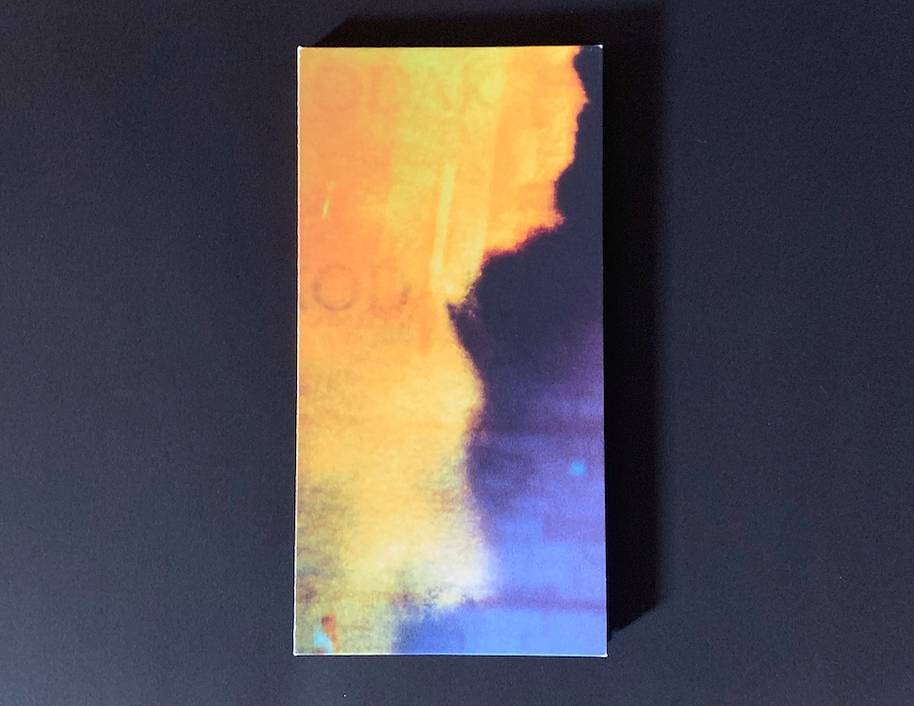

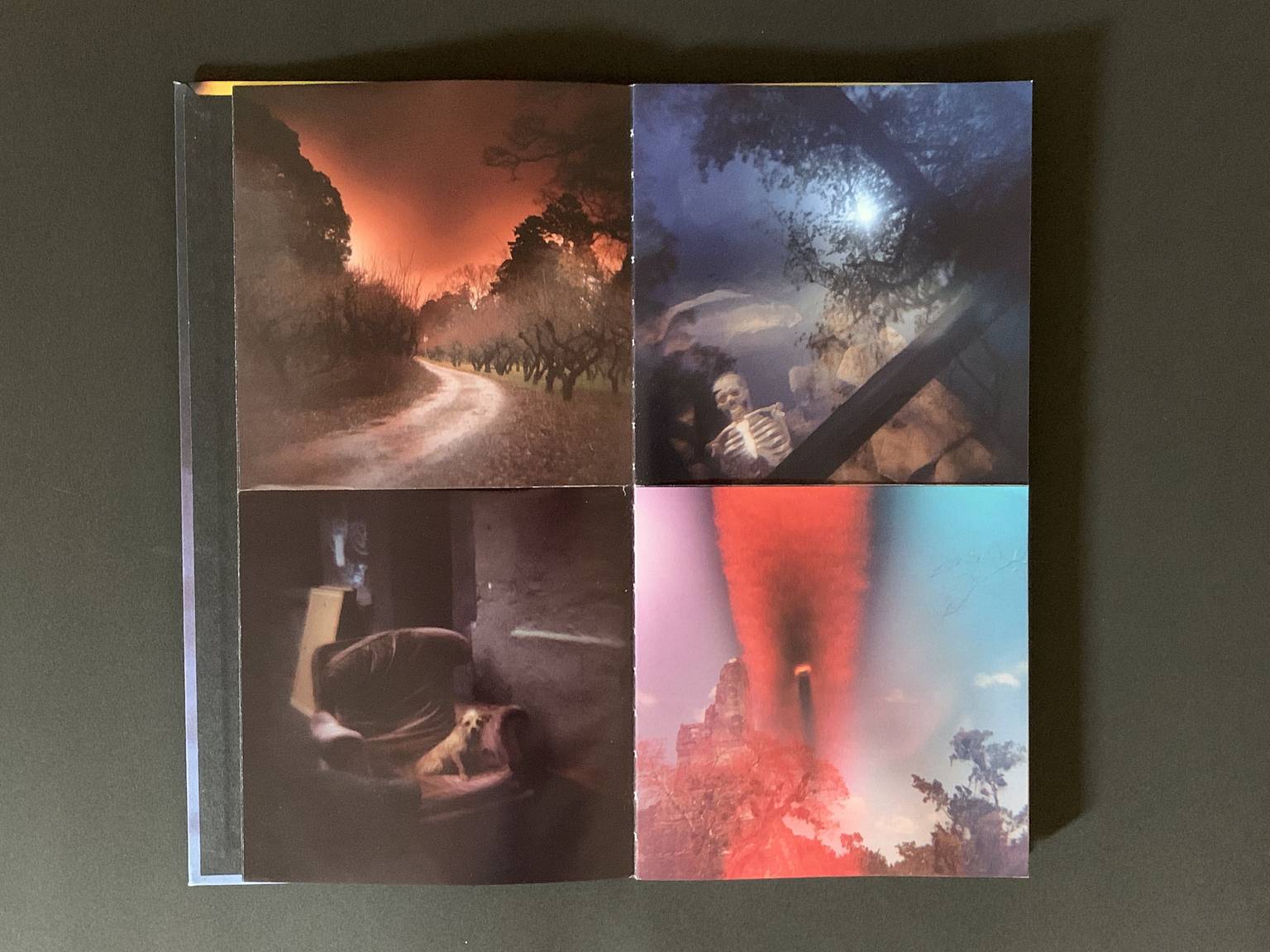

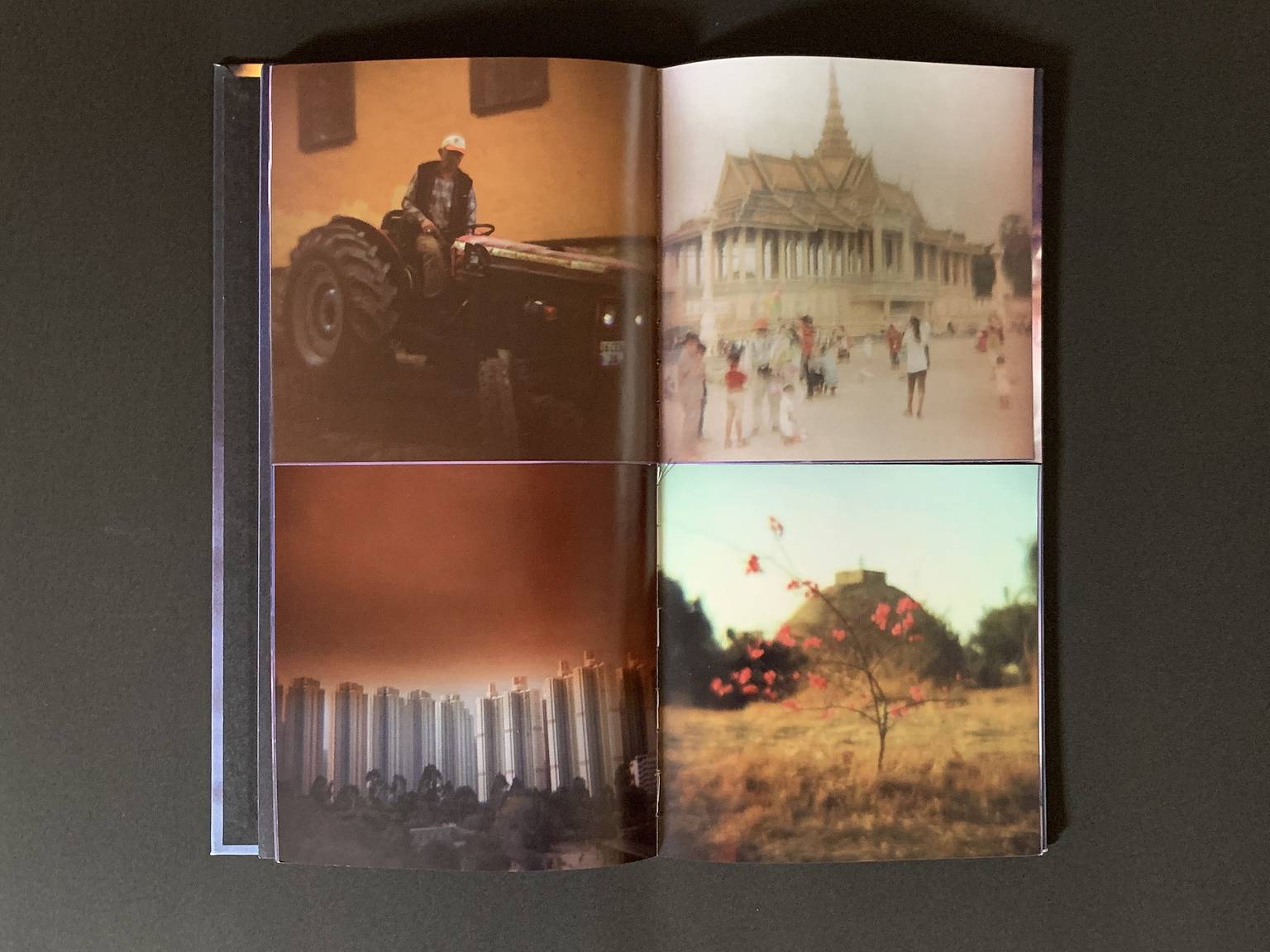

















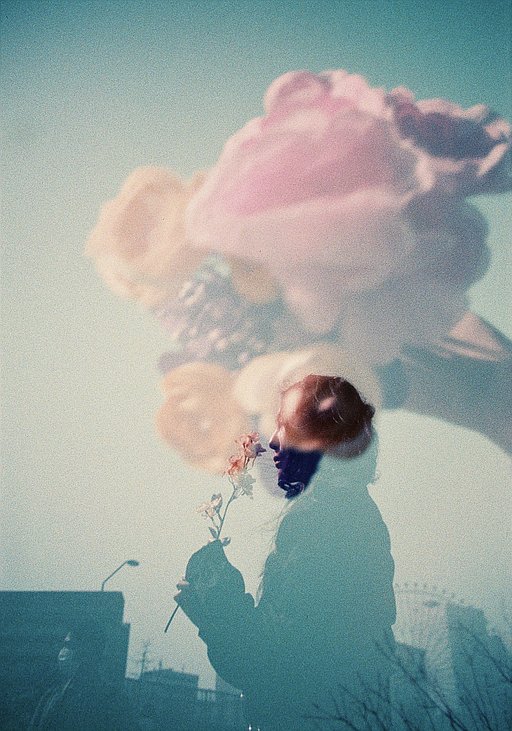
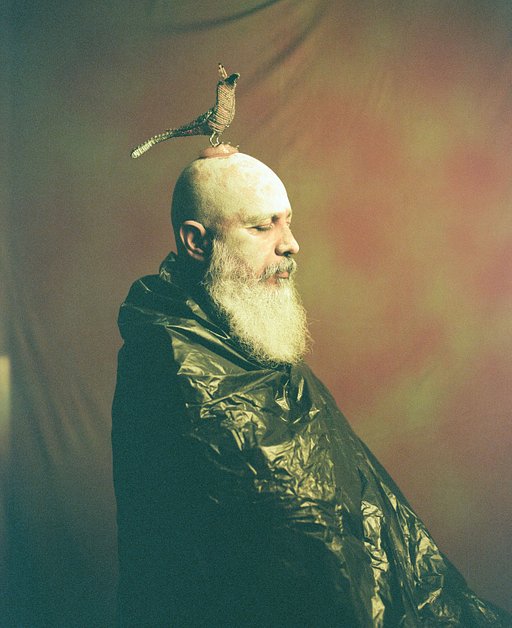














2 Comments